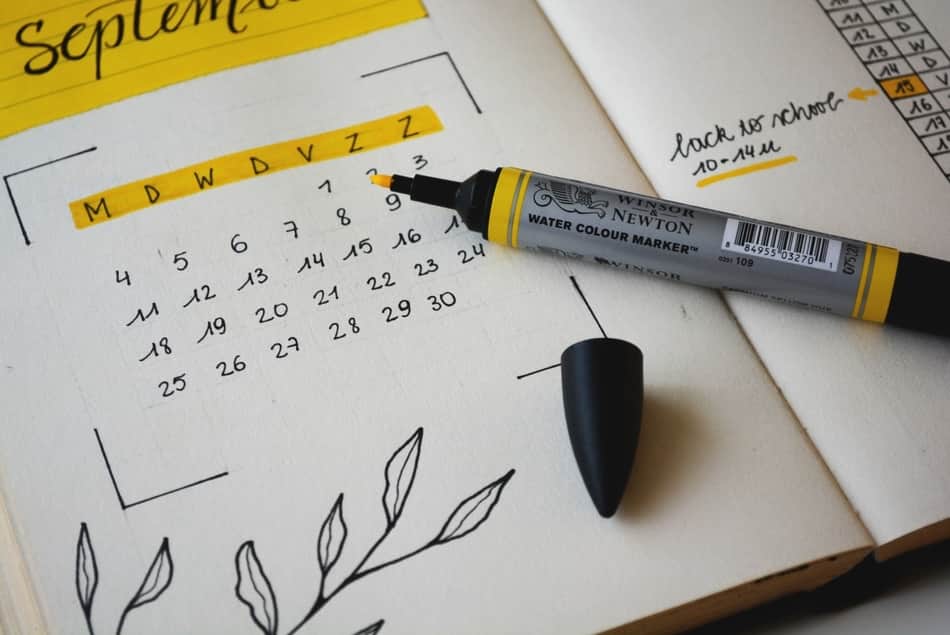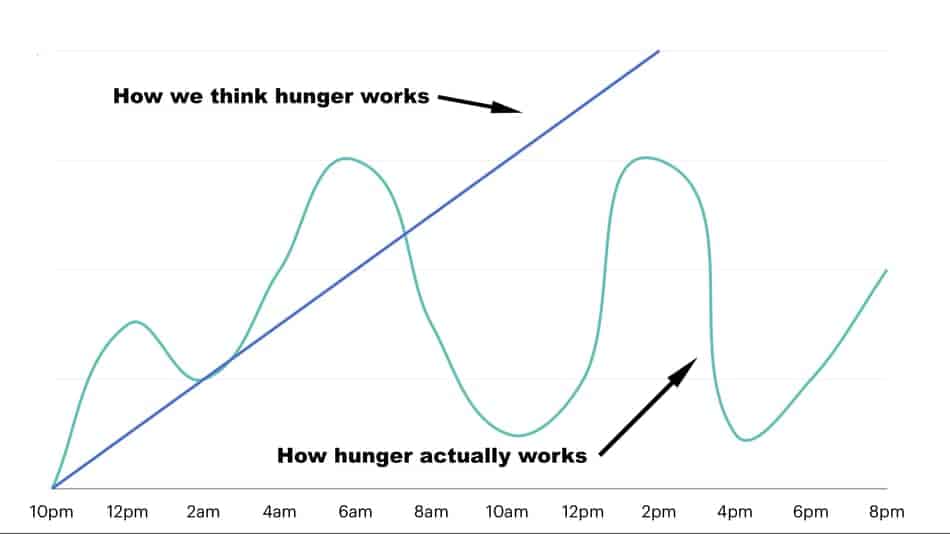
One meal a day is a form of intermittent fasting where you eat just once during the day and you fast until the next day. We all have seen people’s results, their before and after pictures, from doing OMAD for a couple of months. But can you do OMAD long term?
In general, you can do OMAD long-term. Doing one meal a day for the long term doesn’t mean you have to do it every day. You can have a couple of days a week designated for OMAD, and for the rest of the week, you eat normally.
This way you don’t have to worry about any nutrient deficiencies, and you still can maintain a healthy weight. It will also teach you some valuable lessons that none of the other diets can teach you.
What I’ve Learned Doing OMAD Long Term
There are lots of benefits from doing one meal a day for the long term. But to make it doable for the long term, the most important part is the word “intermittent”. This means you need to look at it as a tool, not as a rule.
You can use it for a week, or even for a month. You can use it for a couple of days from the week. You can always come back to it. It is NOT something that needs to be done forever.
People are scared that they need to do it 7-days a week, all day, every day. And once they stop, all the effort goes out of the window.
Big mistake.
One meal a day teaches you several things that you will never learn from other diets. Something that would never expect to learn from it. Here are the 2 lessi
Lesson #1: Hunger Is Not An Emergency
The first and the most powerful one is that hunger is not an emergency. When we are used to eating regular meals during the day, we may freak out when some slightest rumblings in the belly occur.
We usually say things like “OMG. I’m starving. I haven’t eaten breakfast”.
In reality, we may exaggerate and confuse physical hunger with psychological hunger. If you not eat for 24-48 hours, you will know how does the physical “real” hunger feels like.
It’s not an emergency.
People are afraid of hunger, and the belief that if they feel uncomfortable now, this means they will feel more uncomfortable later.
But in reality, hunger is just a feeling. It comes and goes. In fact, this is what hunger really feels like.

It is dependent on chemicals and hormones in the body that actually fluctuates. So just because you feel uncomfortable now, it doesn’t mean it’s gonna keep on getting worse.
Lesson #2: Physical Isn’t Psychological Hunger
Physical hunger is totally different than psychological hunger. When you don’t eat for an extended period of time, you get to know what real hunger feels like.
And it’s different than what you feel few hours after your last meal.
This is where people who use food to feel better may have a hard time. But it can be done.
I used to raid the pantry each time when I had an emotional tornado going on. I was checking in my refrigerator on the slightest uncomfortable whiff of anxiety.
And only after going for a full day fast I quickly realized that what I feel right now is not hunger.
The first day was hard. But each other day was getting so much easier. It’s kind of like a cold shower. The first time is always the hardest one.
In fact, I believe that it’s critical that if you want to maintain a lean body for life, you have to know what hunger feels like and you have to not freak out when you feel it.
Psychological hunger is a signal that some of our psychological needs are sufficiently met. So if you find yourself wanting to eat each time when you feel lonely, sad, or angry, start from capturing those emotions and feelings. Try to recognize what is the problem.
Why I’m having those urges to eat.
Because more often than not, food is not the problem. The problem is the problem. So you want to stop using the food as a numbing mechanism.
Lesson #3: You don’t have to do OMAD forever
Many people ask should they do OMAD forever to maintain they results.
You can do OMAD forever. However, it doesn’t mean you do it all the time. It means you can simply designate a couple of days as your fasting days. On those days you eat one meal a day. For the rest of the week, you eat normally.
And each week you will get more comfortable with eating less.
Many people have this belief it’s either all or nothing. For instance, my brother is a sedentary person. But every now and then, he has those waves of wanting to be active again. So he starts to eat chicken and broccoli 5 times a day. Because he believes that this is the only way.
Big mistake.
Because its’ not what is the best matter. It’s what can you do for the long term and be sustainable matters.
So you will have much better results if you do OMAD 2-days a week for a year comparing to doing it for 2 months 7 days a week and then quit.
Lesson #4: You don’t have to do it everyday
Just because you get better results, it doesn’t mean you have to do OMAD everyday.
This means, to really see the results for the long haul, you don’t need to be perfect. You don’t need to be doing OMAD 7 days a week. You will get great results even from just the occasional 1-2 days a week fast.
So don’t get caught up in the belief that you need to be perfect every day. Once you do fast you will realize that you are getting full with less food. You can wait longer until you eat again. So in the course of a week, you end up eating less.
And that’s what drive the results.
Take Away
Doing OMAD long-term means you need to be able to adjust to the situations. You need this flexibility to stay consistent. You also need to acknowledge that some days you’re not gonna be perfect. And that’s fine, too.
Go Further with OMAD
This article is part of the How To Do OMAD, which I recommend you read.
In the following pages, I show you all the related aspects necessary to design and personalize your intermittent fasting approach to fit into your lifestyle.
Next: Click here to learn more about how to do omad without getting hungry
